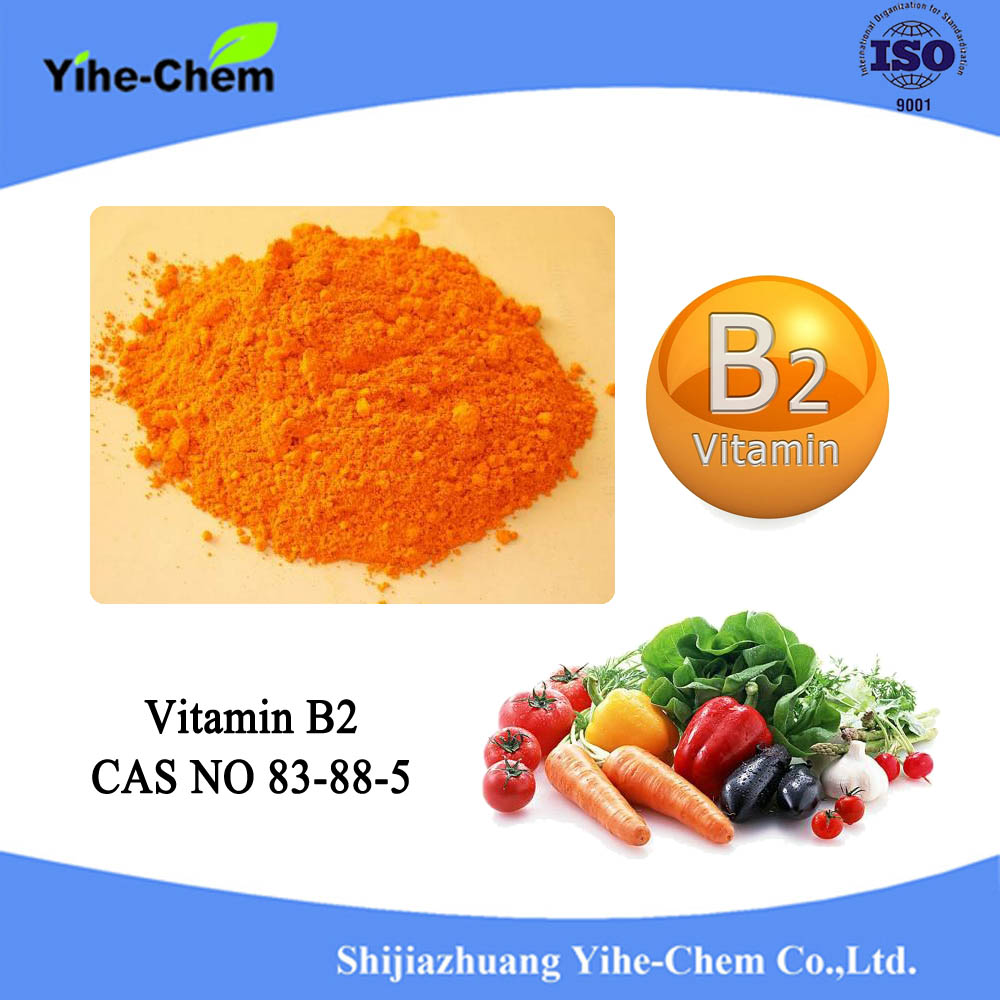a) "Set" switch set "measurement", "pH / mV" selector switch set "pH";
b) Adjust the "temperature" knob so that the white line of the knob points to the corresponding solution temperature value;
c) Turn the "Slope" knob clockwise (100%);
d) Insert the cleaned electrode into a buffer solution having a pH of 6.86;
e) Adjust the "positioning" knob so that the displayed value of the instrument is consistent with the pH of the buffer solution at the current temperature;
f) Wash the electrode with distilled water, insert a standard buffer solution with a pH of 4.00 (or pH value of 9.18), and adjust the “slope†knob so that the instrument display value is consistent with the pH value of the buffer solution at the current temperature;
g) Repeat steps (e) through (f) until you no longer need to adjust the “positioning†or “slope†adjustment knobs. This concludes the calibration of the instrument. After the calibration is completed, the "positioning" and "slope" knobs should not be moved until the next calibration.
two. pH measurement:
The calibrated instrument can be used to measure the pH. The steps are as follows:
a) "Set" switch set "measurement", "pH / mV" selector switch set "pH";
b) Wash the electrode head with distilled water and wash it again with the test solution;
c) using a thermometer to measure the temperature of the solution under test;
d) Adjust the "temperature" knob so that the white line of the knob points to the corresponding solution temperature value;
e) Insert the electrode into the solution to be measured. After the solution is stirred evenly, read the pH of the solution.
Precautions:
a) The instrument must be calibrated before performing the pH measurement. In general, the instrument is calibrated once a day when it is used continuously.
b) The measuring electrode should be cleaned before and after use, and put back into the solution containing saturated kcl. c) The electrode tip and its fragile attention should be protected. Wipe with softer paper before and after wiping.
A pharmaceutical drug (also referred to as a pharmaceutical, pharmaceutical preparation, pharmaceutical product, medicinal product, medicine, medication, medicament, or simply a drug) is a drug used to diagnose, cure, treat, or prevent disease.
Ticagrelor
4-Pyridinebutanol
4,4,5,5,5-Pentafluoro-1-pentanol
Abiraterone Acetate
Acetate2-(4-((2-(4-(trifluoromethyl)phenyl)-4-methylthiazol-5-yl)methylthio)-2-methylphenoxy)acetic acid
Alogliptin Benzoate
3,5-diiodo-L-thyronine
Paliperidone
Roflumilast
Andarine(s4)
Vitamin D3
Vitamin B2
Sodium phosphate dexamethasone
Choline Dihydrogen Citrate
Cytidine 5-monophosphate
Cytidine
Calcium citrate Tetrahydrate
Calcium carbonate
Magnesium Citrate
Arabinofuranosylcytosine, hydrochloride
Lanolin Anhydrous
Uridine
L(+)-Choline bitartrate
DL-choline bitartrate
Betaine citrate
Magnesium Ascorbate Monohydrate
Ascorbyl Palmitate
Ellagic acid
Ostarine
L(+)-DMAE Bitartrate
Coenzyme Q10
Para Amino Phenol
5a-hydroxy Laxogenin


Vitamin B2,Riboflavin Powder,Vitamin B2 Riboflavin
shijiazhuang yihe-chem co.,ltd , https://www.yihe-chem.com